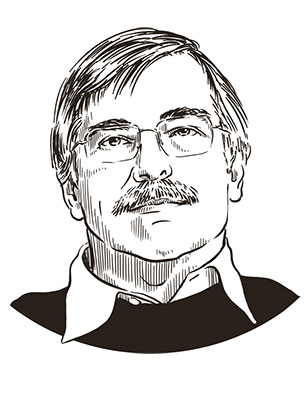Eye Research: Restoring vision
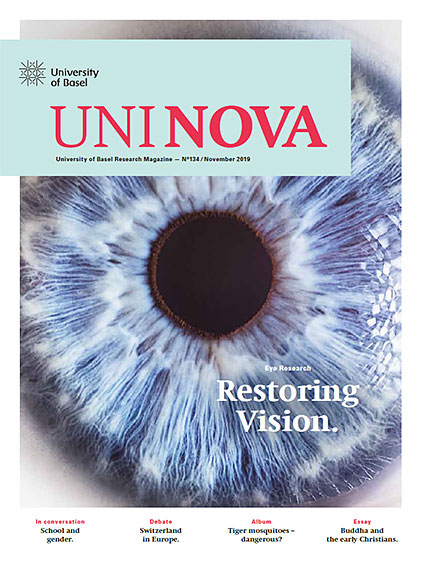 Download (PDF, 10 MB)
Download (PDF, 10 MB)
Many of us will experience problems with our eyes at some point in our lives, and some diseases can leave us at risk of losing our sight completely. The University of Basel, University Hospital Basel, and Novartis founded the Institute of Molecular and Clinical Ophthalmology Basel (IOB). Here, experts conduct basic and applied research, and work on new technologies that will help develop effective therapies in the future. The dossier “Restoring vision” presents a number of selected eye research projects in Basel.
Subscribe to UNI NOVA-
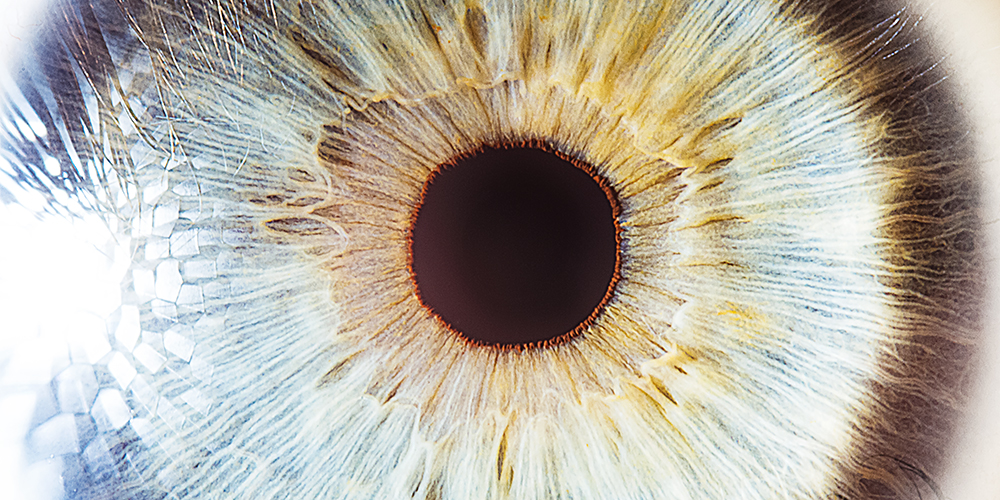 Dossier
DossierAdvancing vision research.
Text: Botond Roska und Hendrik Scholl / The development of new treatments for patients suffering from vision impairments worldwide is the focus of a group of research teams at the new Institute for Molecular and Clinical Ophthalmology Basel (IOB), which is affiliated with the University of Basel, helping to enhance the university’s international reputation.
-
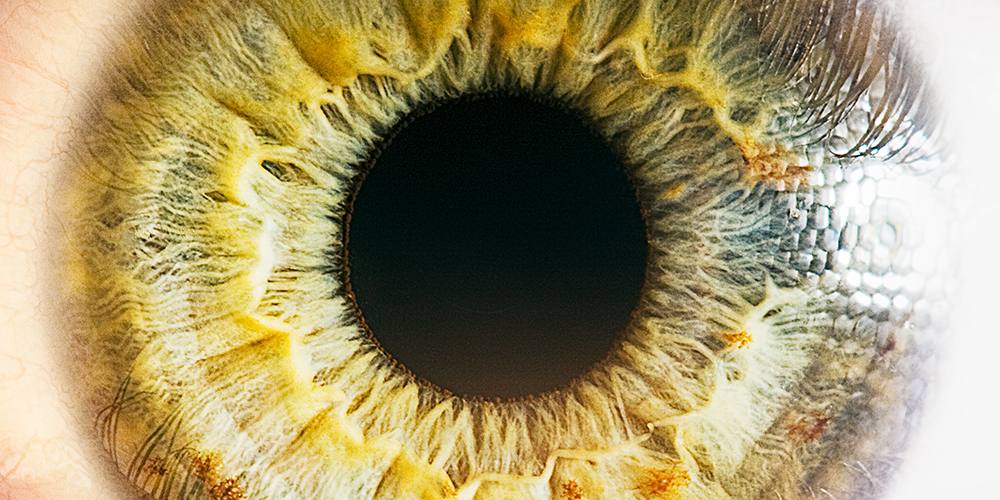 Dossier
DossierCollecting knowledge to combat eye diseases.
Text: Martin Hicklin / Researchers in Basel are investigating treatments for various eye diseases. Botond Roska is focusing on the retina through a series of experiments as well as exploring potential gene therapies.
-
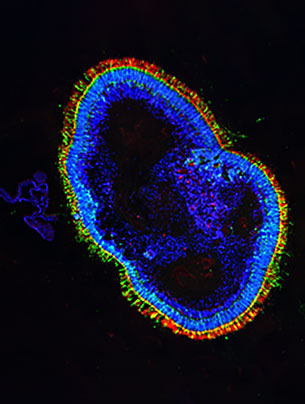 Dossier
DossierNew retinal tissue from skin samples.
Text: Christoph Dieffenbacher / To better understand certain eye diseases, researchers are recreating human retinas in the lab. To accomplish this, they create tissue cultures known as organoids from human skin and blood cells.
-
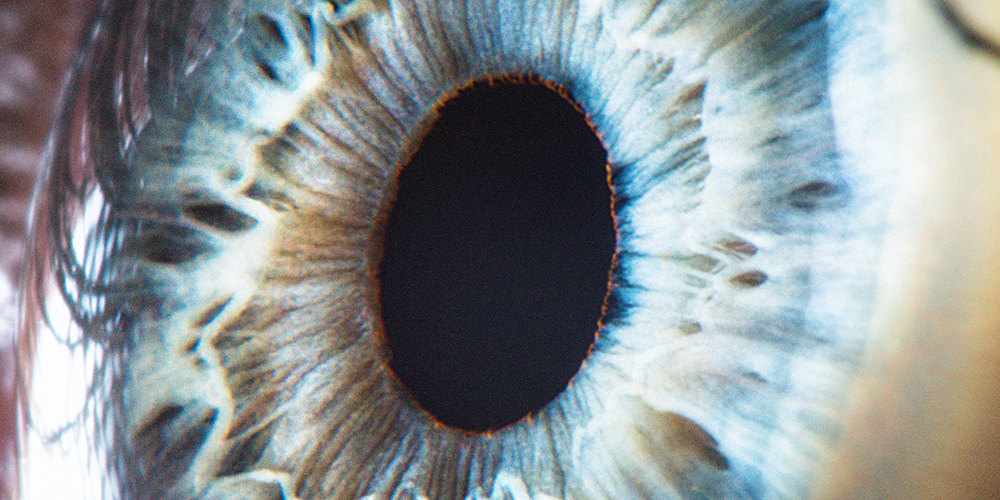 Dossier
DossierEyesight thanks to gene therapy.
Text: Yvonne Vahlensieck / Stargardt disease is a hereditary condition that leads to the loss of sharp vision at a young age. In Basel, scientists and clinicians are working together to develop a gene therapy treatment for the disease. The method is expected to be available for clinical trials within a few years.
-
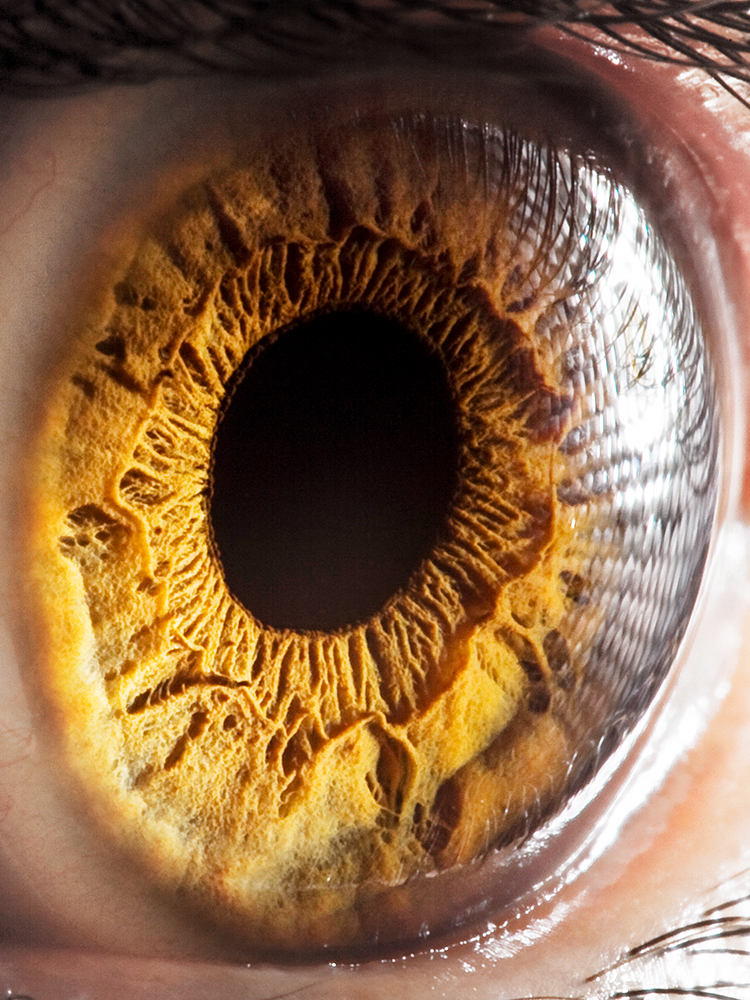 Dossier
DossierCell type atlas is an eye-opener
Text: Samuel Schlaefli / For the first time ever, researchers at the University of Basel have been able to show in detail that retinal tissue grown from induced pluripotent stem cells provides a suitable model for drug research. Key to this breakthrough was close collaboration between the Institute of Molecular and Clinical Ophthalmology Basel and University Hospital Basel.
-
 Dossier
DossierTreating glaucoma.
Text: David Herrmann / Among people over 50, one in 50 will suffer from glaucoma, which can lead to a loss of vision if left untreated. The Eye Clinic at the University Hospital Basel has been making major contributions to research into the condition.
-
 Dossier
DossierMacular degeneration: no cure in sight.
Text: Samanta Siegfried / Age-related macular degeneration is the most common cause of visual impairment in old age and is currently untreatable in the majority of cases. Researchers at the Institute of Molecular and Clinical Ophthalmology Basel (IOB) are investigating why this is such a complex disease.
-
 Dossier
DossierHow the eye sees.
When we look at an object, we see it – instantaneously. What sounds simple actually relies on a complex process of multiple coordinated steps. It begins when light from the object we are looking at is reflected. Within fractions of a second, the light reaches our eye, which processes it and passes it on to the brain.
-
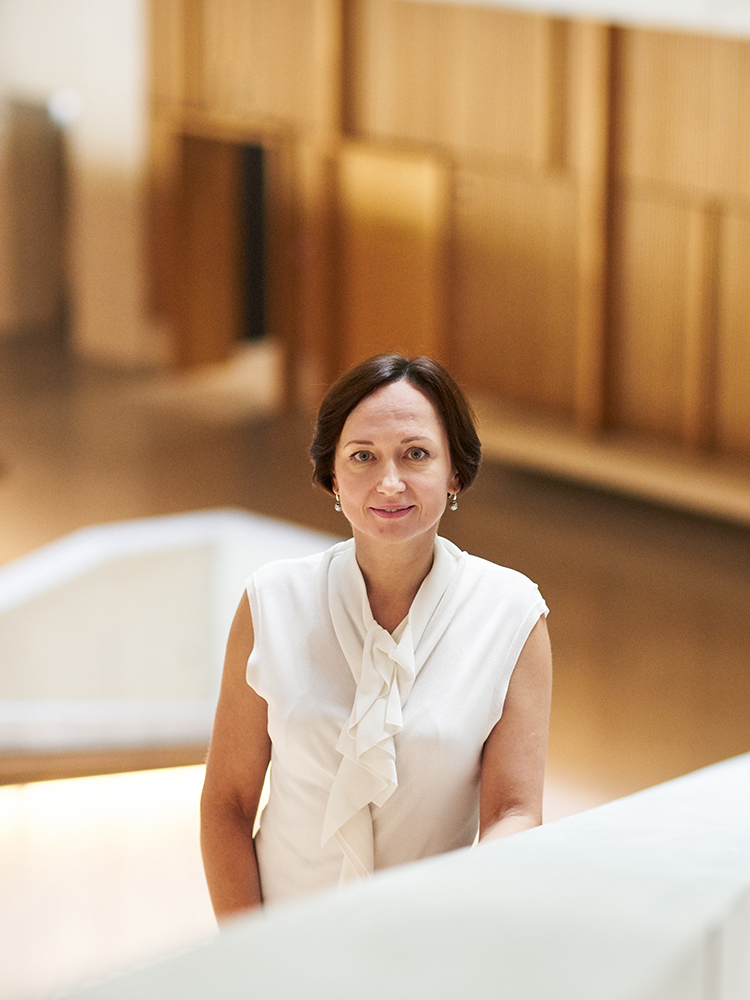 In conversation
In conversation“The focus should be on the individual, not on their gender.”
Interview: Samanta Siegfried / How gender-equal is teaching at Swiss schools? Not yet fully, according to a recent study. Educational researcher Elena Makarova also believes that plenty more work is required to establish gender equality in the working world.
-
 Portrait
PortraitA participant observer.
Text: Christoph Dieffenbacher / Social anthropologist Rita Kesselring examines both the legacy of apartheid and mining in southern Africa. For her field research, she often travels alone to townships and inhospitable mining towns.
-
 Research
ResearchCombating bacteria with viruses.
Text: Yvonne Vahlensieck / As viruses that specialize in attacking bacteria, phages promise huge potential for the treatment of infections. Scientists in Basel are searching the natural world for new species of phages that can help them identify vulnerabilities in bacteria.
-
 Research
ResearchMontages at the boundary between art and politics.
Text: Ylenia Sartorel / German artist John Heartfield used photomontages to shine a critical light on social issues in interwar Germany. Now, an art historian in Basel has re-examined his work.
-
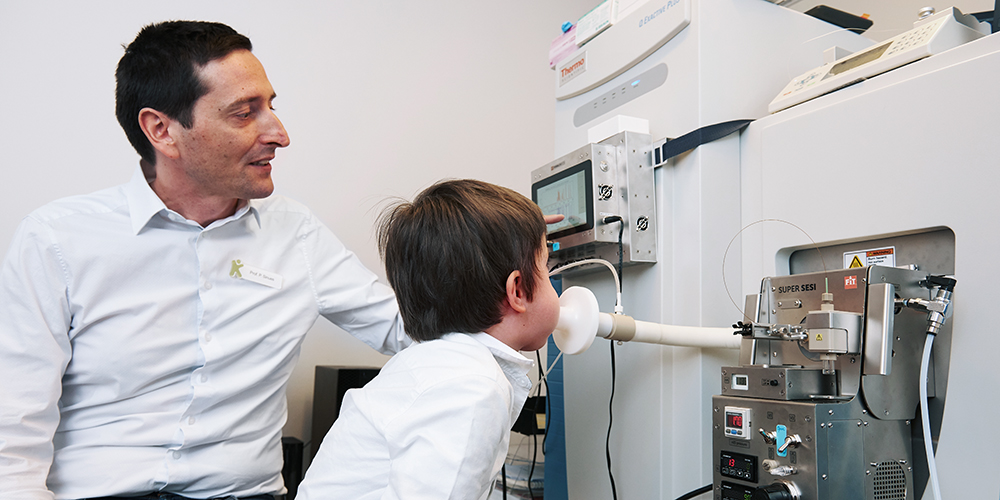 Research
ResearchBreathing air reveals diseases.
Text: Martin Hicklin / A person’s exhalation reveals their personal metabolic profile. Researchers at the University Children’s Hospital Basel (UKBB) are investigating how this information can be used to diagnose and monitor particular illnesses.
-
 Opinion
OpinionWhat should the relationship between Switzerland and the EU look like in future, Christa Tobler?
Text: Christa Tobler / A lawyer and an economist give their views on the current state of play.
-
 Opinion
OpinionWhat should the relationship between Switzerland and the EU look like in future, Rolf Weder?
Text: Rolf Weder / A lawyer and an economist give their views on the current state of play.
-
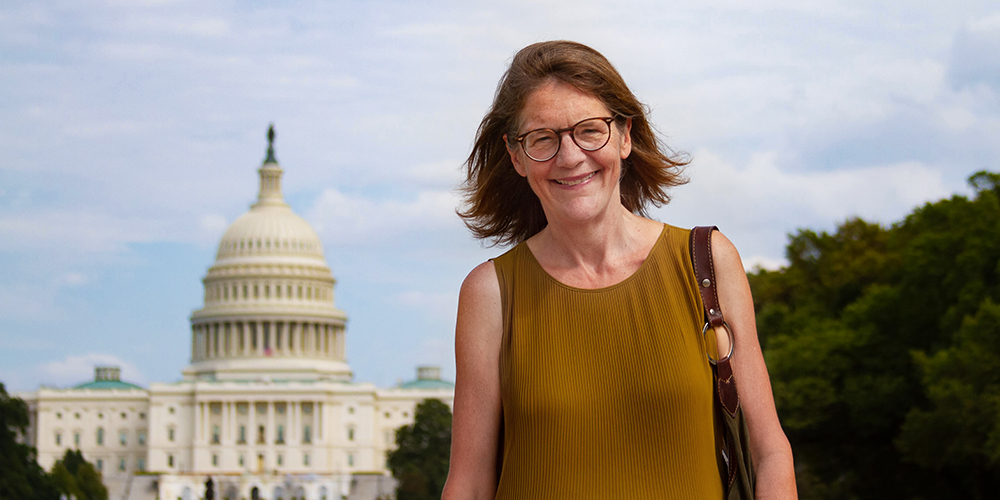 Alumni
AlumniAn economist against inequality.
Pia Schneider has worked at the World Bank since 2004, where she has held a position as lead economist for health issues for the last three years. At the University of Basel she studied economics and she obtained a PhD in health economics from the London School of Hygiene and Tropical Medicine.
-
 Alumni
AlumniNew alumni association created.
Text: Jolanda Bucher / Actuarial science has been taught at the University of Basel for 80 years now. This makes the program one of the oldest German-language courses in the field. This year’s anniversary event included the launch of the actuarial science alumni association.


